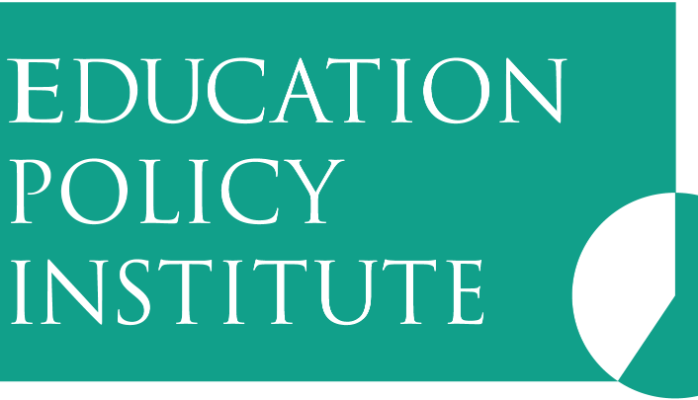By Gavin Mackintosh-
A report published today claims that a child’s chances of attending a good school depending on where they live.
The report says there is a growing geographical divide in England in terms of whether a youngster has access to a secondary where pupils make good progress in their education.
The Education Policy Institute (EPI) research found that access to such schools became more unequal between 2010 and 2015, despite government policies aimed at boosting school standards.
Former Lib Dem education minister and EPI chairman David Laws described the findings were “shocking” and argued that more needs to be done to deal with the issue. The report claims that access to these schools is good in areas such as London, and parts of the South, but poor in areas such as the North East, Yorkshire and the Humber and parts of the Midlands.
The report proceeds to state that of the 20 local authorities with the biggest increases in density of high-performing school places between 2010 and 2015, 16 were in the capital including Harrow, Hillingdon and Brent. Those outside London in this list include Poole and Stockport.
In contrast 20 areas with the largest decreases in high-performing places, none were in London. They include Blackburn, Derby, Wirral, Warrington, and Dudley.
Mr. Laws said: “It is shocking to see that over recent years the access to high-quality secondary school places in England has become even more unequal. In one-fifth of local areas, children cannot access quality secondary school places.
Government rhetoric about spreading opportunity is not being matched by experience in areas such as the North, North East and parts of the Midlands.”..Geoff Barton, the general secretary of the Association of School and College Leaders, said:
“We need to remind ourselves that nearly 80% of England’s secondary schools are now judged good or outstanding by Ofsted and that there are many good and outstanding schools in every region. That said, there is clearly more work to be done to raise standards further, particularly in schools and in areas facing the greatest challenges, to ensure every child has access to an excellent education wherever they live.”
A Department of Education spokesman said in a statement: “Academic standards are rising in our primary and secondary schools thanks to our reforms and the hard work of teachers. Nine out of 10 schools are now rated good or outstanding and there are now 1.9 million more pupils in schools rated good or outstanding than in 2010.
“As the Education Secretary said earlier this month when launching our plan to boost social mobility, we want to make sure opportunities are spread evenly across the country.”
Richard Watts, chairman of the Local Government Association’s children and young people board, added in a statement: “Ninety-one percent of maintained schools are now rated as either outstanding or good, which is a great achievement that must now be acknowledged by the central government.
“Councils must now be recognized as improvement partners, and be allowed to help all schools improve where necessary, including academies and free schools.”




